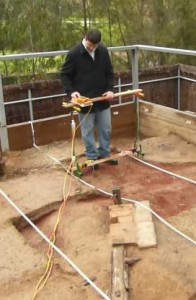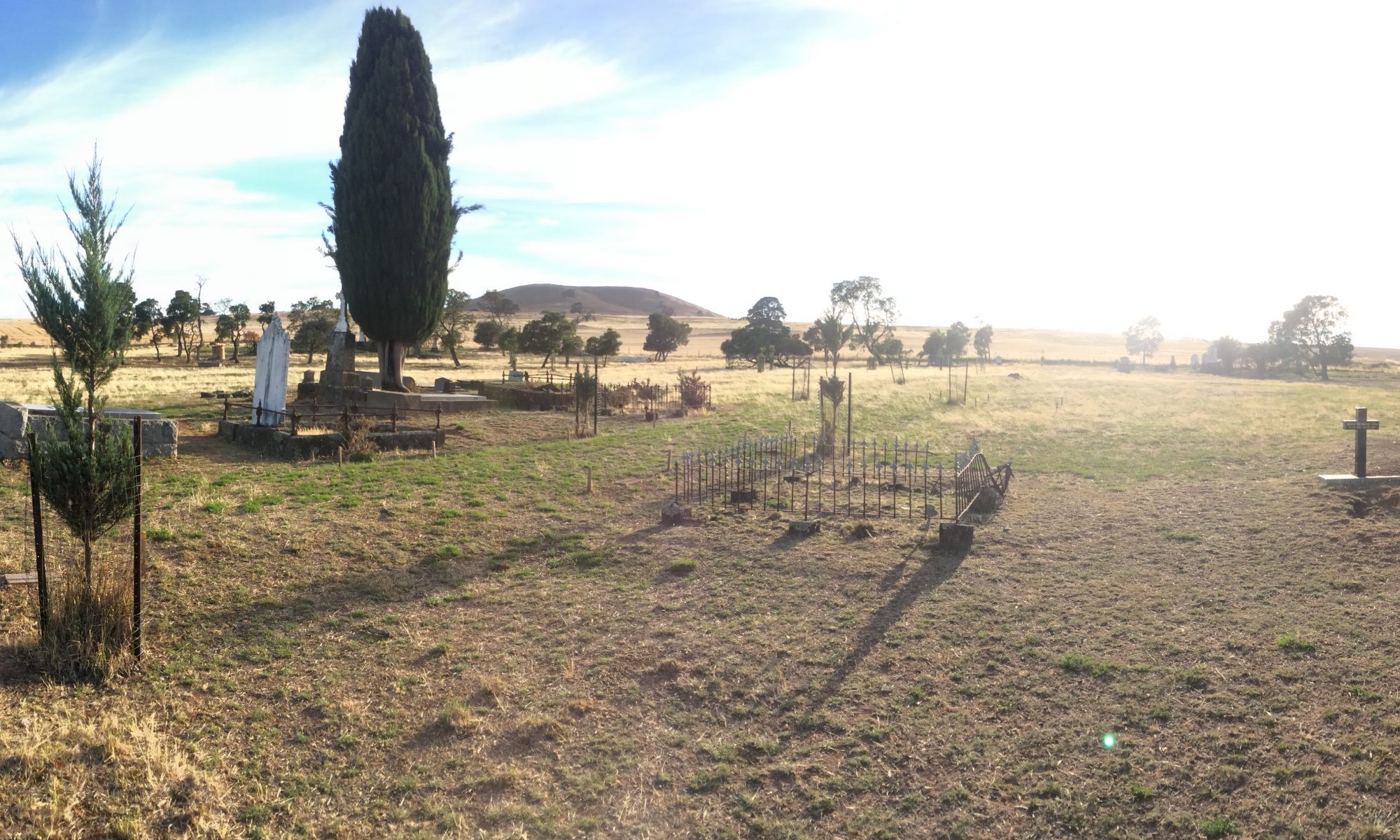
Electrical resistivity
Electrical resistivity surveys are capable of detecting variations in the soils electrical resistivity, which usually reflects an increase or decrease in soil moisture which, in turn, is reflective of buried archaeology.
Resistivity surveys are generally slower than other techniques, although due to its method of direct-contact measurement (i.e. by using steel electrodes which are inserted into the ground), resistivity is not prone to atmospheric and weather interference as electrical conductivity surveys are.
Electrical resistivity surveys are best used on clay soils, where ground-penetrating radar may not be as effective.
Electrical resistivity tomography (ERT)
ERT surveys involve measuring the electrical resistivity of the soil at different depths across a survey area. The data is then collated into a data ‘cube’, showing the variation of resistivity across the site at different depths. In this manner, three-dimensional models of buried archaeological features can be created.



You may notice the red blob on the last image above. This reflects an area where measurements could not be taken due to the presence of rocks on the ground surface.